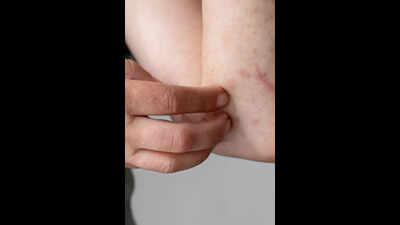Trending
Goa on verge of eliminating malaria: No indigenous case since ’23
Panaji: Goa registered 9,822 malaria cases and 21 resultant deaths in 2008, but now the state is in the elimination phase of the disease.
The state reported no malaria deaths since 2018 and no malaria cases since 2023 among the indigenous population.
The state, however, continues to record imported cases with the influx of migrants, especially from high endemic states. When an imported case is detected, Goa’s directorate of health services ensures that the officer in charge of the vector-borne disease control programme in the person’s home state is notified.
“This is done so that the area where they migrated from is investigated for any mosquito breeding, the vector is destroyed, and the population is screened,” said deputy director of health services and in charge of the National Vector-Borne Disease Control Programme, Dr Kalpana Mahatme.
DOT (directly observed therapy), a Goa initiative, has also helped to stop the transmission and prevent deaths in malaria falciparum cases. It was found that people were not completing their full course of medication. So, health workers in Goa have been following DOT by making sure a patient takes all the tablets in front of them for three days.
Falciparum can lead to cerebral malaria and other fatal complications.
Goa’s annual parasite incidence (API) — the total positive cases per 1,000 persons — has also been on the decline. “Since 2023, the API for Goa has been nil,” Mahatme said. She said that the state has applied for the elimination of malaria certification in the subnational category for South Goa.
“We submitted all documentation, and an inspection was carried out by officials from the Union health ministry and the World Health Organisation,” she said. “We are now awaiting the certification.”
Malaria cases have always been lower in South Goa compared to North as the former has fewer infrastructure projects and less influx of labour, she said. After achieving subnational malaria elimination status, the state will have to sustain its efforts to ensure that malaria doesn’t spread to the indigenous population.
It will then apply for the certification of subnational elimination of the disease in North Goa.
End of Article
Follow Us On Social Media









